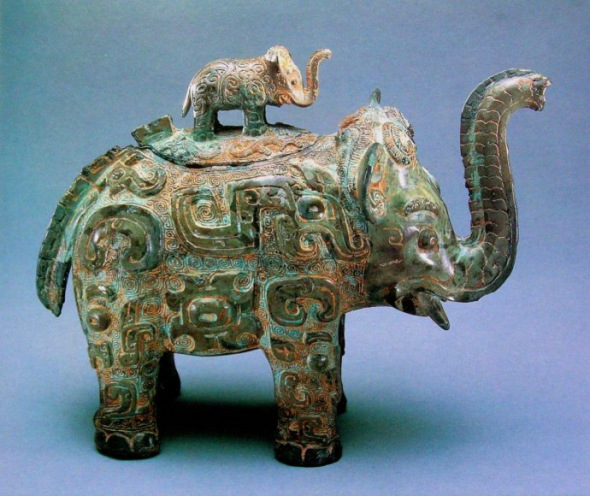

 |
| A Chinese relic lost overseas. There are still more than 10 million antiques lost overseas. (File photo) |
Although the fight for return of Chinese cultural relics has been hot, there are still more than 10 million antiques lost overseas. High taxes on those antiques have been a big reason, Beijing Business Today has reported.
Taxes remain the biggest obstacle separating China's domestic market from antiques lost overseas, according to Ou Shuying, the vice secretary general of the China Association of Auctioneers.
Since 2011, those bringing artwork into China through the Custom's office are required to pay a 30 percent tax, making the procedure less attractive.
Even inside China, it still remains complicated to organize trade and exhibitions of such reclaimed relics, says Xu Chen, head of the public economic department at the University of International Business and Economics.
The outlook of China's domestic antique market remains murky, Ou added. It remains unclear whether antique holders are willing to sell; and if they are, whether they can obtain rewarding prices. What's more, a lack of regulation in the Chinese antique market compared to overseas markets could also hurt seller confidence.
In China, the entire system that evolves around antique trade remains incomplete, including price assessment, insurance, package and transportation, storage, maintenance and repair.
It is suggested that China needs to revise its laws and regulations regarding antique trading. It is difficult not only for overseas antiques to return to China, but also for domestic antiques to go abroad.
China has established a special platform to facilitate the reclaiming and trade of cultural relics lost overseas. Established at the National Base for International Cultural Trade in Beijing's Tianzhu Free Trade Zone, the platform will leverage preferential policies to display and trade cultural relics.
 Creative graduation caps of ‘vigorous elves’
Creative graduation caps of ‘vigorous elves’ Hong Kong in lens
Hong Kong in lens Typhoon class strategic Submarine in photos
Typhoon class strategic Submarine in photos Hong Kong college students feel the charm of Hanfu
Hong Kong college students feel the charm of Hanfu Japan’s crimes committed against "comfort women"
Japan’s crimes committed against "comfort women" Odd news:“carrying a rod and asking to be spanked”
Odd news:“carrying a rod and asking to be spanked” Legendary life of a bee-keeping master in Hainan
Legendary life of a bee-keeping master in Hainan 4-year-old cute 'monk' spends summer holiday in temple
4-year-old cute 'monk' spends summer holiday in temple College graduates shining on the red carpet in Nanjing
College graduates shining on the red carpet in Nanjing Conspiracy theories can’t explain stock falls
Conspiracy theories can’t explain stock falls Gay marriage in China: One couple's story
Gay marriage in China: One couple's story South China urged to upgrade fast
South China urged to upgrade fast CCTV's post-WWII documentary shows Berlin’s tough repentance lesson for Tokyo
CCTV's post-WWII documentary shows Berlin’s tough repentance lesson for TokyoDay|Week